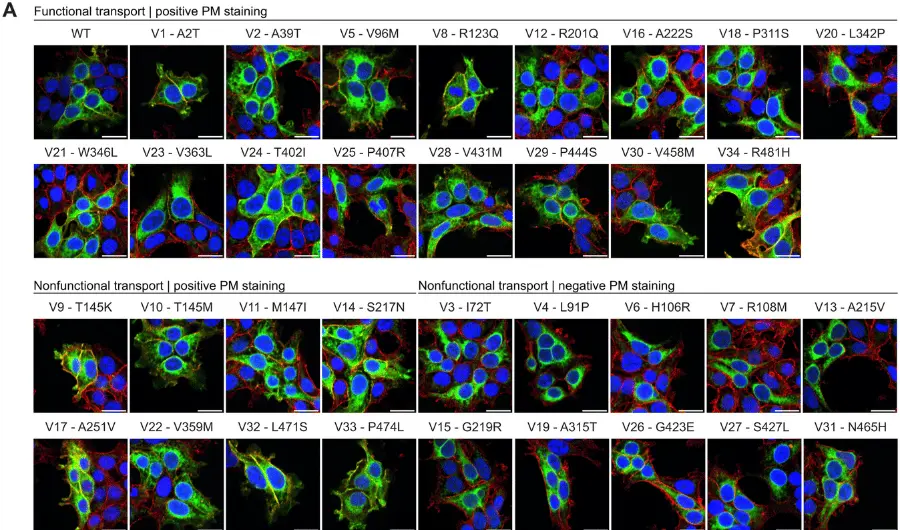Epilepsy Care During the COVID-19 Pandemic
August 24, 2021
Abstract, originally published in Epilepsia
The coronavirus disease 2019 (COVID-19) pandemic has affected the care of all patients around the world. The International League Against Epilepsy (ILAE) COVID-19 and Telemedicine Task Forces examined, through surveys to people with epilepsy (PWE), caregivers, and health care professionals, how the pandemic has affected the well-being, care, and services for PWE.
The ILAE included a link on their website whereby PWE and/or their caregivers could fill out a survey (in 11 languages) about the impact of the COVID-19 pandemic, including access to health services and impact on mental health, including the 6-item Kessler Psychological Distress Scale. An anonymous link was also provided whereby health care providers could report cases of new-onset seizures or an exacerbation of seizures in the context of COVID-19. Finally, a separate questionnaire aimed at exploring the utilization of telehealth by health care professionals since the pandemic began was available on the ILAE website and also disseminated to its members.
Seventeen case reports were received; data were limited and therefore no firm conclusions could be drawn. Of 590 respondents to the well-being survey (422 PWE, 166 caregivers), 22.8% PWE and 27.5% caregivers reported an increase in seizure frequency, with difficulty in accessing medication and health care professionals reported as barriers to care. Of all respondents, 57.1% PWE and 21.5% caregivers had severe psychological distress (k score >13), which was significantly higher among PWE than caregivers (p<0.01).
An increase in telemedicine use during the COVID-19 pandemic was reported by health care professionals, with 40% of consultations conducted by this method. Although 74.9% of health care providers thought that this impacted positively, barriers to care were also identified. As we move forward, there is a need to ensure ongoing support and care for PWE to prevent a parallel pandemic of unmet health care needs.







